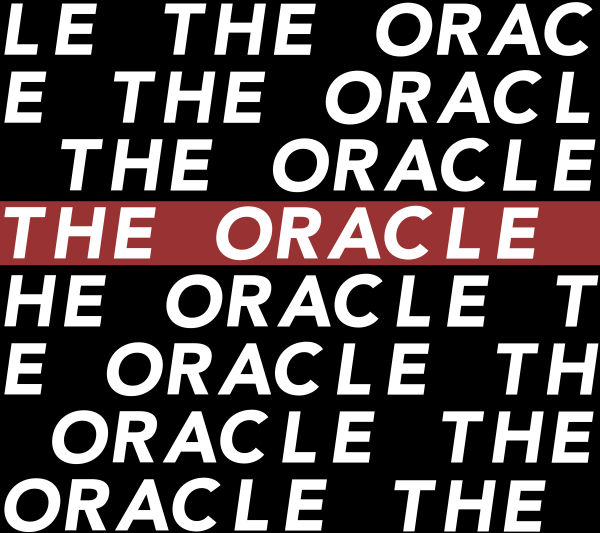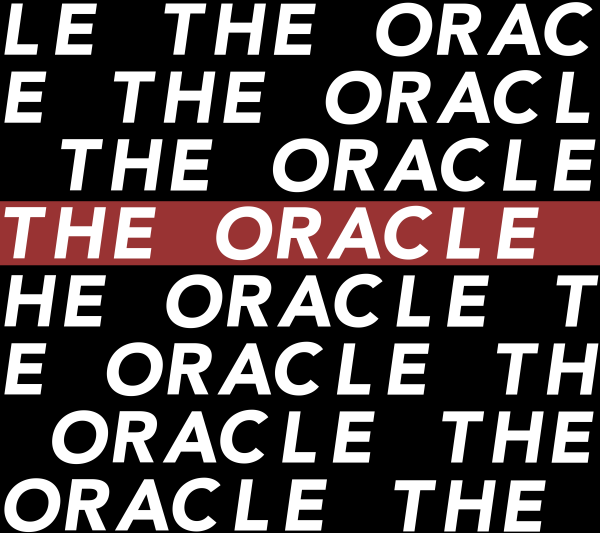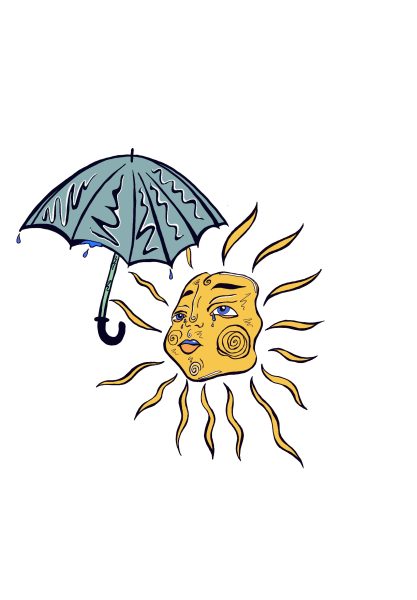Introspection in the Echo of a Historic Day
Following the election of St. Paul’s first black mayor, it now lies on residents and students to reflect on their own roles.
November 21, 2017
St. Paul made history on Nov. 7th with the election of Melvin Carter to its mayoral seat. Carter will be the first African American to serve in the office’s 163-year history. It exists as an intensely personal landmark in the storied history of St. Paul and the greater Twin Cities; a reminder of how far we have come, how far we have yet to go, and the incremental levels of change required to reach it. Voters should remain steadfastly proud that they aided in enacting that framework of change. Likewise, the greater state of Minnesota deserves a not insignificant portion of this pride as — to this day — the state boasts amongst the nation’s most liberal and accessible voting laws. The United States is marred with a far lower voter turnout in comparison with most major western nations, averaging at about 55%, according to the Bipartisan Policy Center. On a state-by-state basis, Minnesota consistently ranks the highest in voter turnout for national elections at roughly 74 percent.
Most of this is due to legislation passed within Minn. itself, as voting laws vary widely from state to state with little help from the federal level. The first of this real change began in 1974, when Minn. became the second state to enact same-day voter registration. In several other states, if a citizen doesn’t register by mid-October for local or national elections, they’re generally out of luck. For the most part, these very same states fall behind in regards to online registration — an addition to Minnesota voter law in 2014. Minnesotans can also enjoy early voting up to a week before the election, and six and a half weeks for voting absentee in person or by mail, no explanation necessary. Both of these measures, according to the office of Secretary of State Steve Simon, double voter turnout in the state—particularly among minority groups.
A number of reasons might serve as partial answer to the question of Minnesota’s position as outlier in terms of national election turnout: educational attainment, demographics, civic culture, median income and a strong third-party tradition. Despite all of this, that high-end turnout in national and gubernatorial elections doesn’t necessarily translate into the municipal realm. The Political Research Quarterly found that turnout seriously dipped in the state’s largest two cities: Minneapolis and St. Paul. The previous municipal elections of 2013 saw a turnout of 28 percent of eligible citizens in Minneapolis — when the mayoral office was vacant. Saint Paul fared even worse with just 16 percent turnout. Similar numbers are shows in previous elections of 2005 and 2009. On the whole, Twin Cities residents don’t live up to statewide expectations — despite access to the same voting methods.
So who, then, does vote? Minnpost, focusing on the 2013 elections, found that the median St. Paul voter was around fifty-five years old: fifteen years older than the median resident. Just 8 percent of residents between eighteen and thirty-four were registered to vote. Likewise, the highest voter turnout in 2013 came from the Capital’s wealthiest neighborhoods: Highland Park, Como, and chiefly Summit and Grand.
The good news, then, is that the mayoral elections this year resulted in a notable outlier. Minneapolis had a 34 percent turnout (up 7 points from 2013) and St. Paul 30 percent (almost double the turnout from 2013). No doubt this jump is related to competitive elections in both cities, but also largely to the political atmosphere in the nation following the 2016 Presidential race. Specifically, 19% of votes this year came from Ward 4 — the Hamline-Midway neighborhood.
This is a well-placed step, then, though the ultimate turnout still remains sorely lacking when compared to the state’s — and even the metro’s — turnout as a whole for national and gubernatorial elections. My question, then, lies in a smaller-yet realm: how did Hamline students do? The actual data remains to be seen, but a question still might be posed. A moment of introspection in the wake of a landmark mayoral election. In atmosphere and spirit, Hamline occupies a vivid political landscape. Its classes and halls are littered with heated discussion and debate, celebration and lamentation of the larger political climate and the socioeconomic context of America as a whole. On what level, then, does this translate from theory into praxis? I know of a number of students and friends alike who, on topics of Trump and Congress, offer extended discussion and critique. Yet these very same people fall silent when it comes to matters encompassing their communities and neighborhoods. For those who fall into this category: you live in one of the most voter-accessible states in the entire country, were faced with a competitive and diverse election, and had the hindsight of 2016 clear in your vision. What happened? At what point do our ideals and passions end — the ballot box? That is the only place they truly matter.





